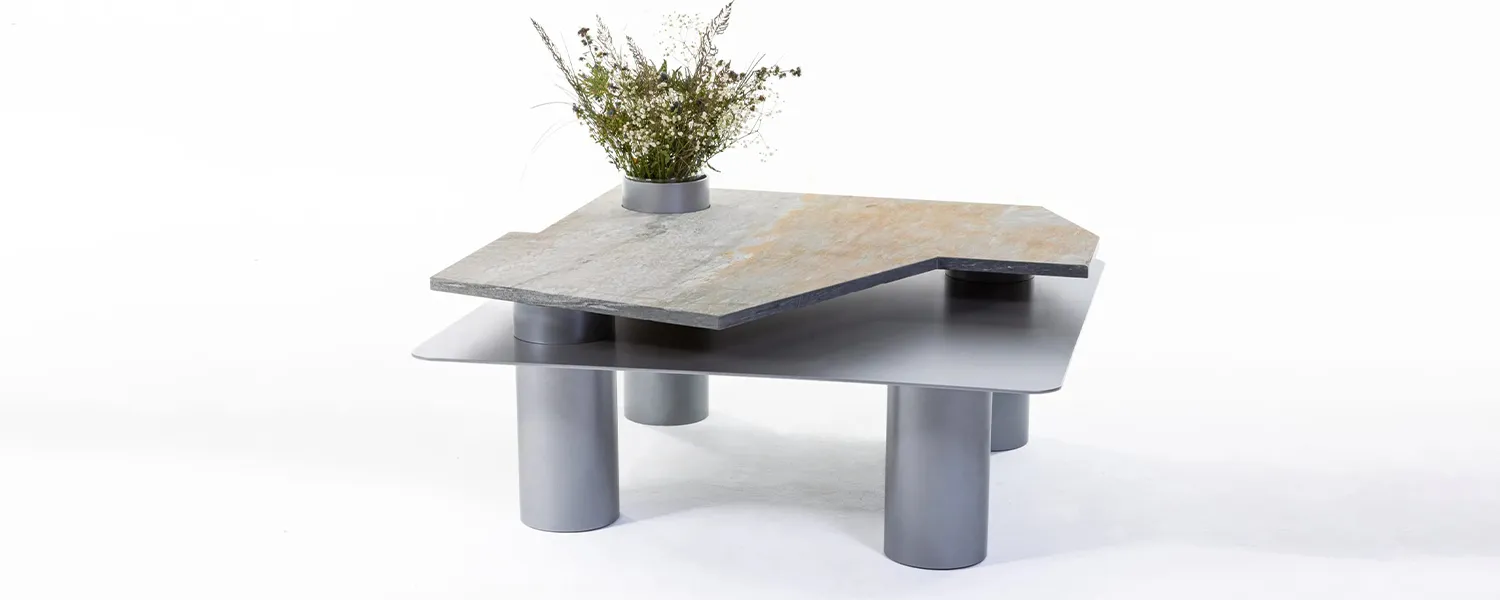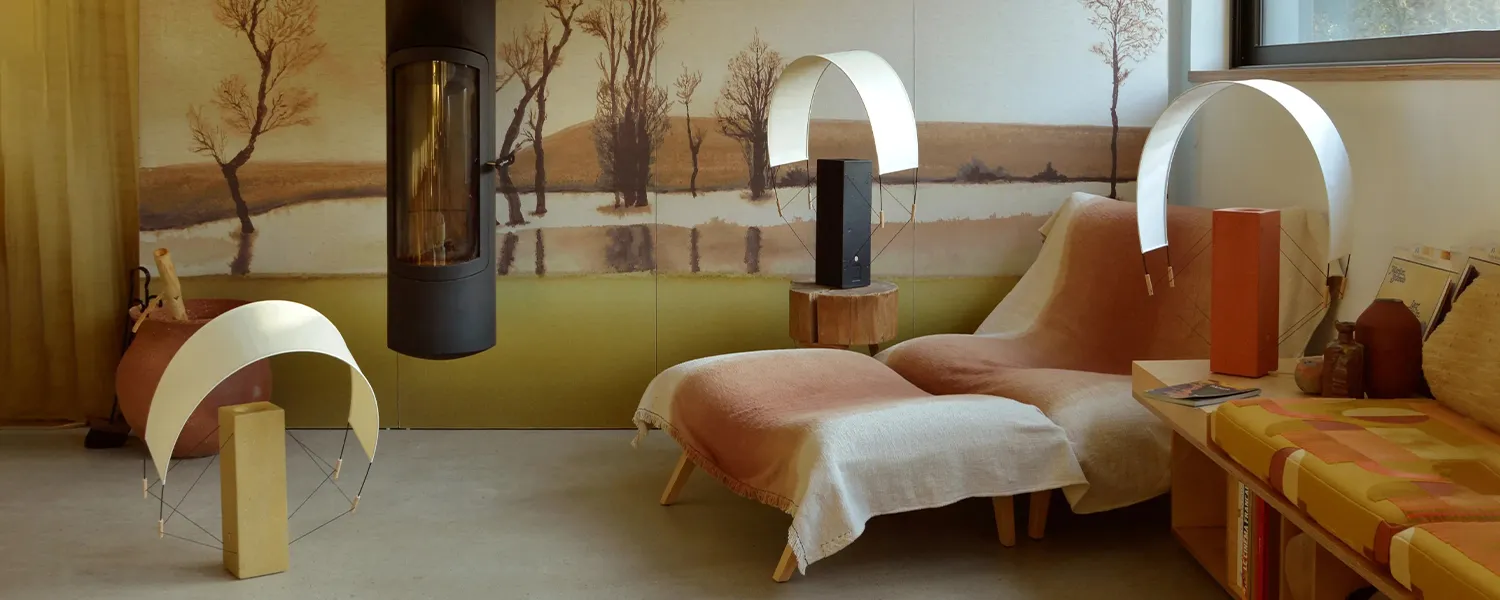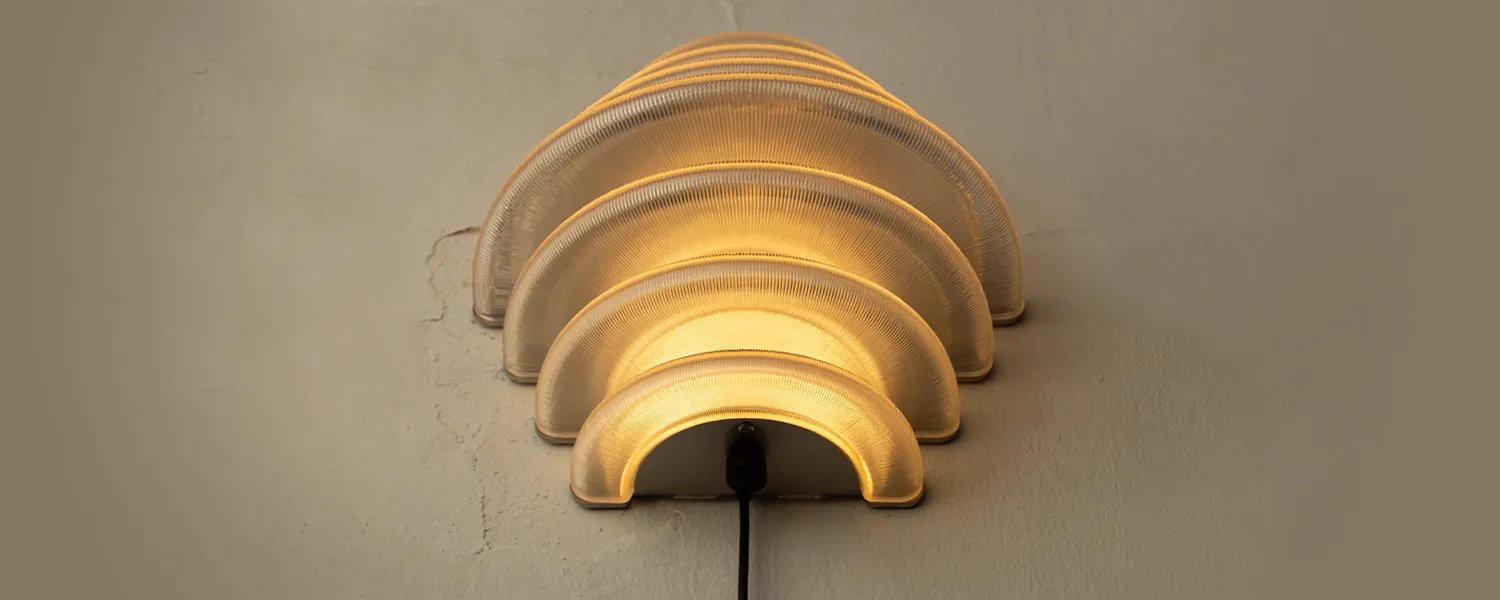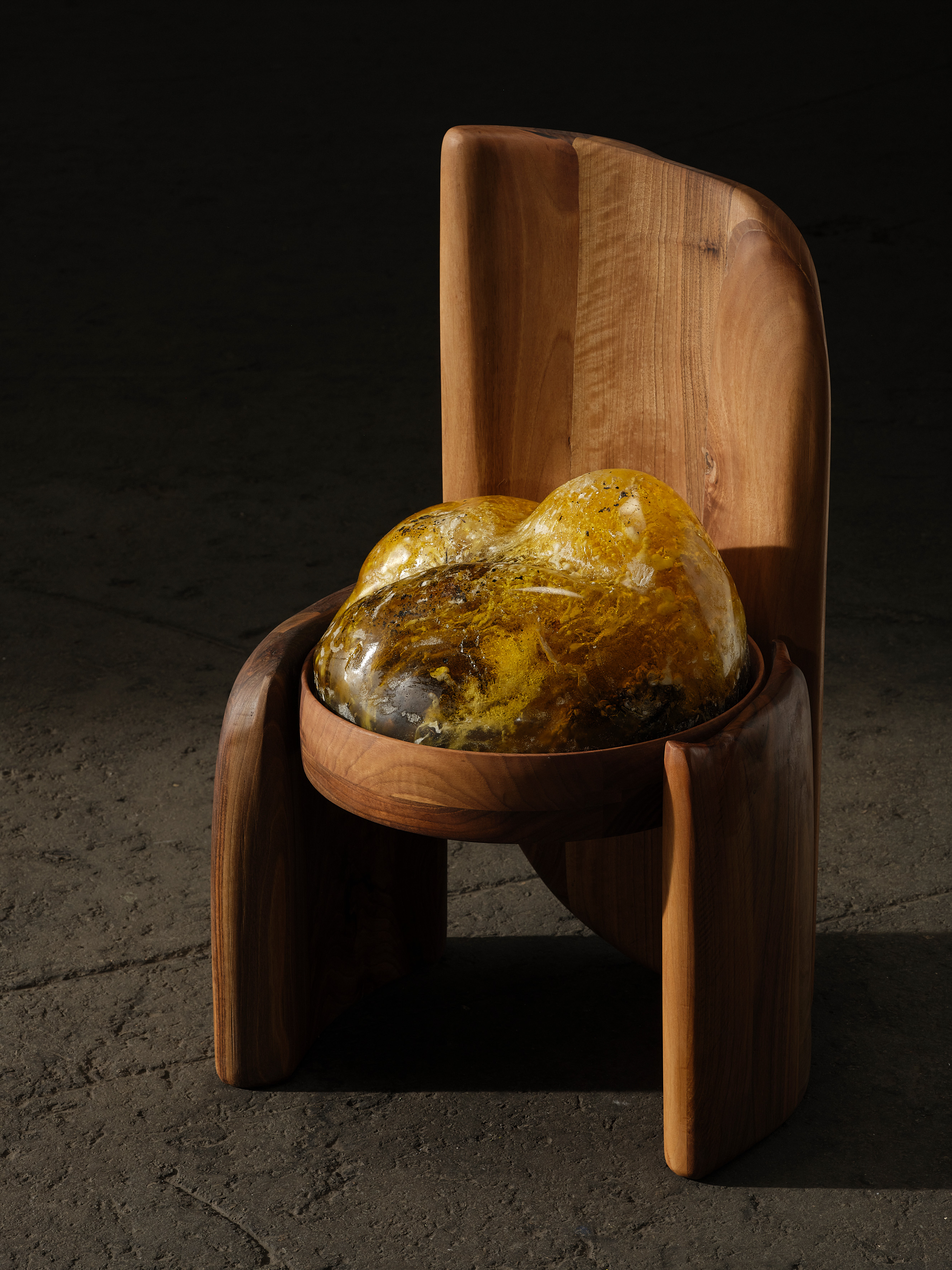
Resin d’être: Nature, Nurtured
In the ancient markets of the Baltic coast, merchants have long held amber up to sunlight, watching prehistoric moments suspended in golden translucency. These pieces of fossilized tree resin tell us something profound about humanity’s enduring fascination with preserved time. Today, as contemporary designers work with both bio-based and synthetic resins, they continue this dialogue and fascination regarding permanence and transformation. Like the amber traders before them, they negotiate the boundary between what nature provides and what human ingenuity transforms – between preservation and innovation, between being and becoming.
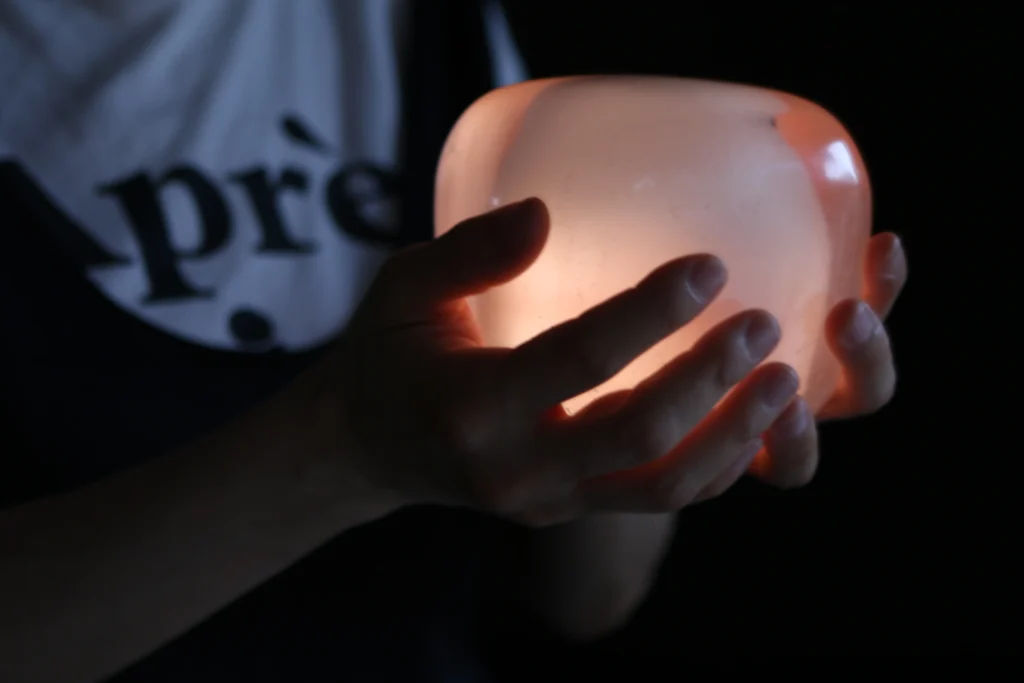

Origins in Amber: Resin in an Ancient World
For millennia, resins have flowed from trees, serving as nature’s own preservative medium — from the amber-rich pines of the Baltic to the lacquer trees of East Asia. These substances speak to humanity’s earliest understanding that nature itself holds the power to preserve, capturing moments in time with an almost poetic resonance. Nature, ever cyclical, embodies life and death in constant motion. Yet, it also offers us the means to halt time — to preserve. Step into an ancient amber workshop, and you’ll find artisans honing techniques passed down through generations, reading the stories held within each translucent droplet.








Modern Synthesis: Resin in the 21st Century
By the mid-20th century, chemistry had learned to mimic nature’s preservative magic. Synthetic resins transformed our relationship with permanence – no longer did we need to wait centuries for amber’s golden embrace. This democratization of preservation opened new realms of possibility, evident in works like Leo Maher’s HL_01 lighting series. Here, resin 3D printing achieves what ancient amber crafters could only dream of – forms that seem to float in space, organic shapes born from digital dreams. Yet even as we master synthetic creation, these pieces echo the fluid, natural forms that have captivated us since the first amber gatherers discovered their golden treasures.


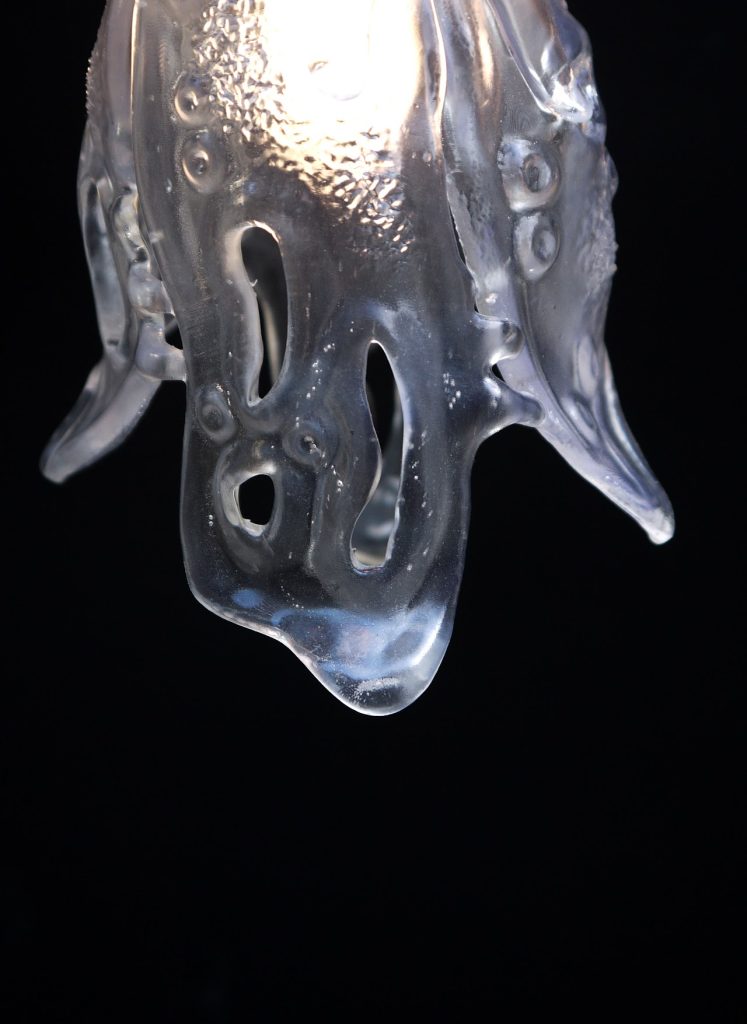

Contemporary Reconciliation
Today’s designers walk a careful line between technological mastery and environmental stewardship. In Charlotte Kidger’s “Industrial Craft” tables, industrial waste transforms into objects of beauty, while Studio Bovti’s Nougat stool deliberately surrenders to chance, allowing resin and wood to interact as naturally as amber once formed around ancient insects. These works suggest a new kind of craftsmanship – one that doesn’t seek to dominate materials but rather to collaborate with them, much as ancient amber craftsmen learned to read and work with the natural inclusions in their material.


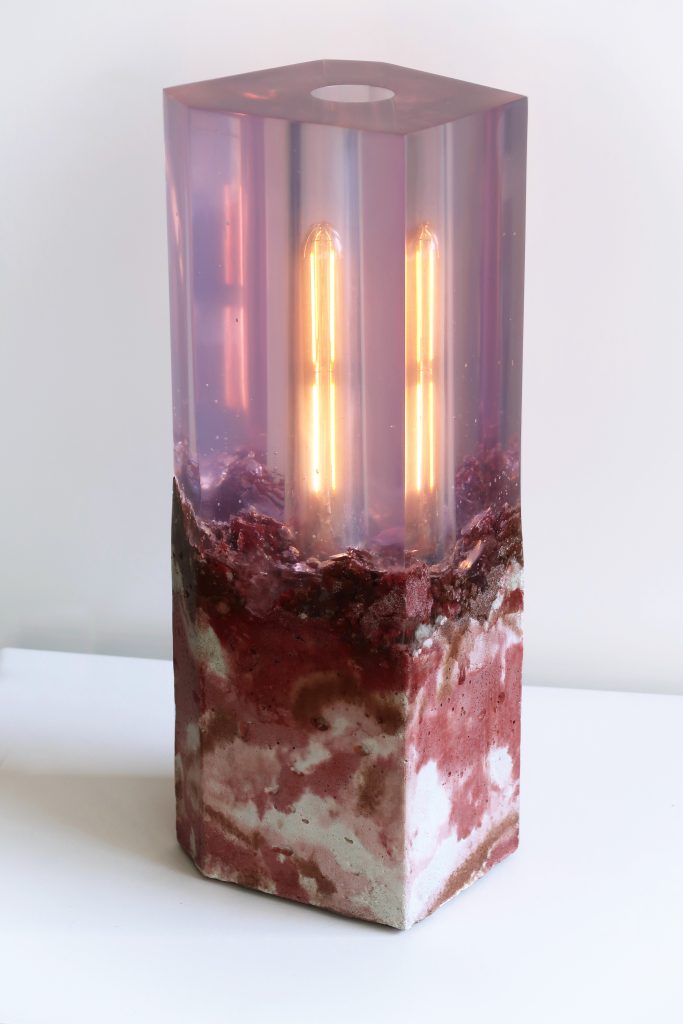

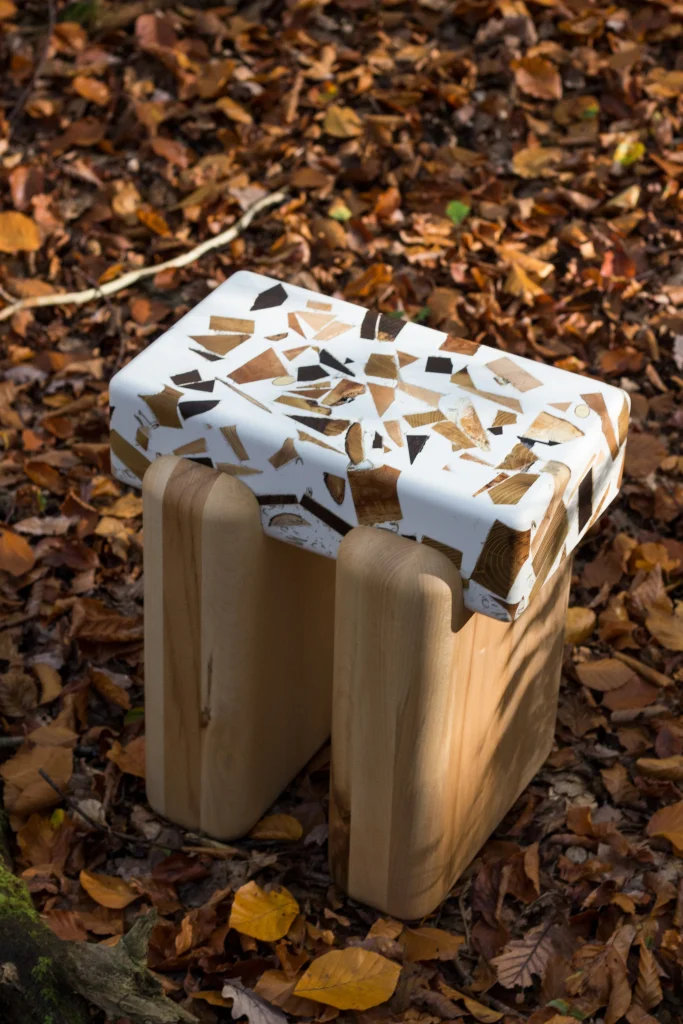

This timeless dialogue between preservation and transformation takes on new meaning in contemporary works like Togigi’s Coi01 chair. In an unexpected discovery, it was found that Belgian Xanthoria Calcicola lichen triggers a nearly alchemical reaction with epoxy resin. As the material shifts and simmers, trapping air bubbles in its endless solidification process, it creates what the studio calls “a boiling emulsion, reminiscent of tree resin” — where nature and technology perform an ancient ritual in a modern guise.
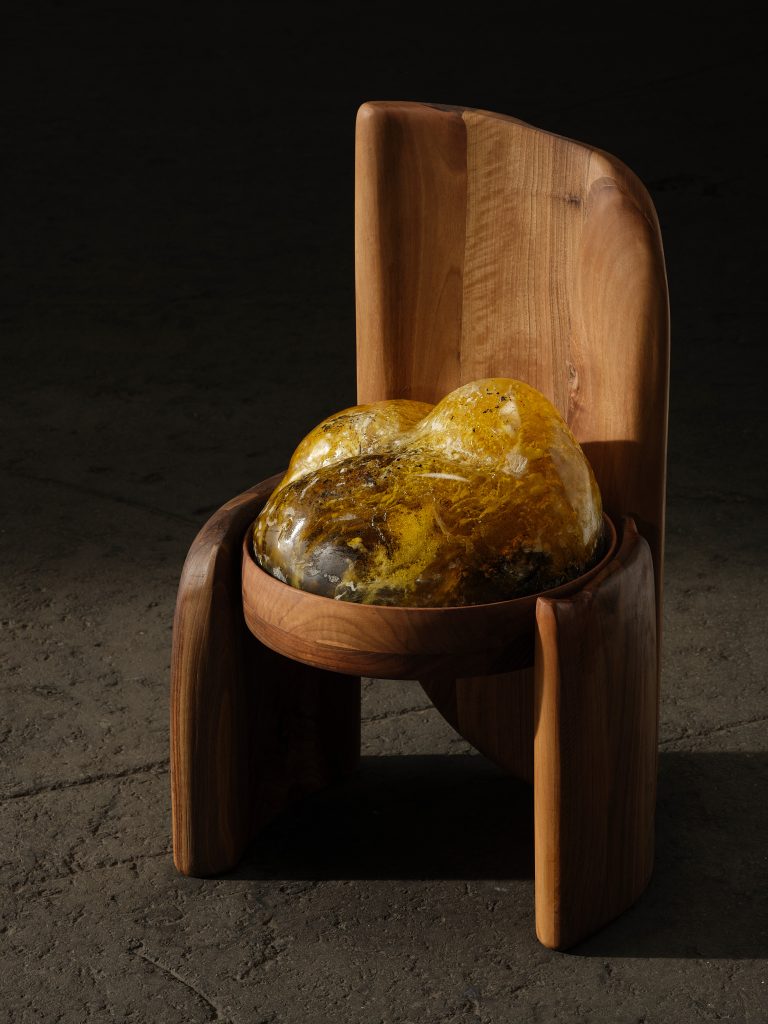





Preserving More Than Matter
Perhaps most profound is how resin continues to preserve not just objects, but memory itself. When Courtney Kinnare creates her Siren Mirror with inlaid mother of pearl and abalone, she preserves more than shells – she captures the echoes of Filipino legends that date back to the 1600s, stories as ancient as the amber trade itself. Platalea Studio’s Rainbow Bench similarly preserves something intangible – the idealistic spirit of 20th-century Mexican playground design, where public spaces became monuments to hope and youth.
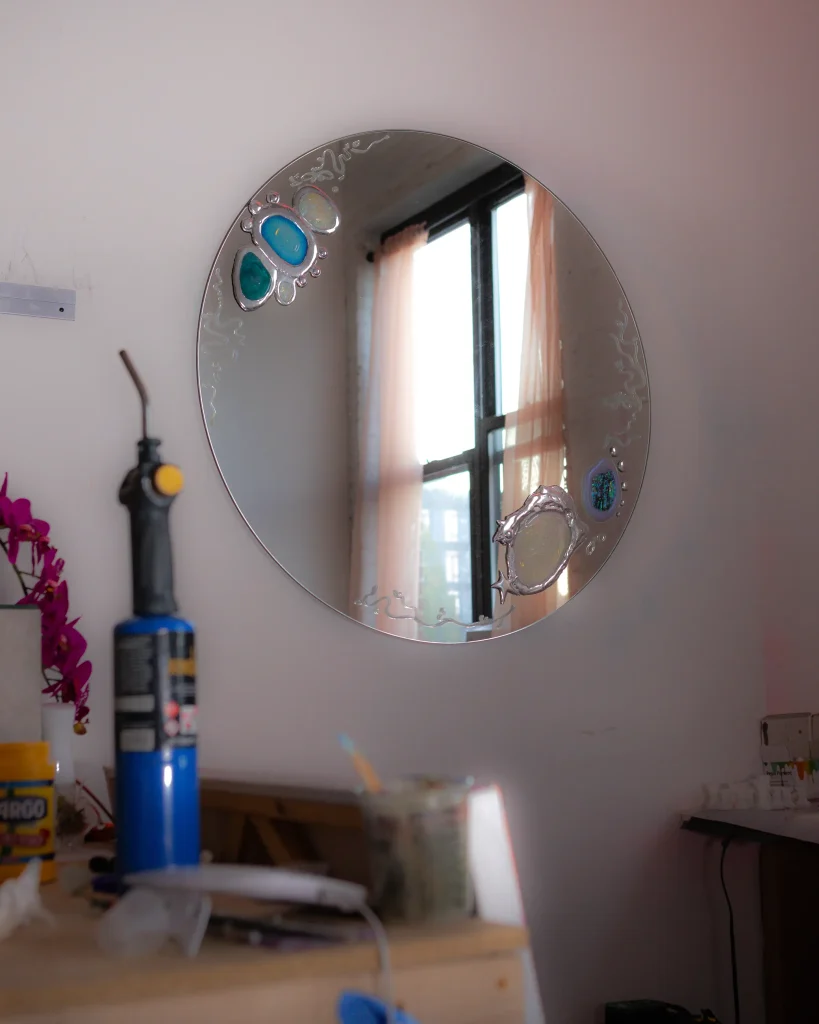

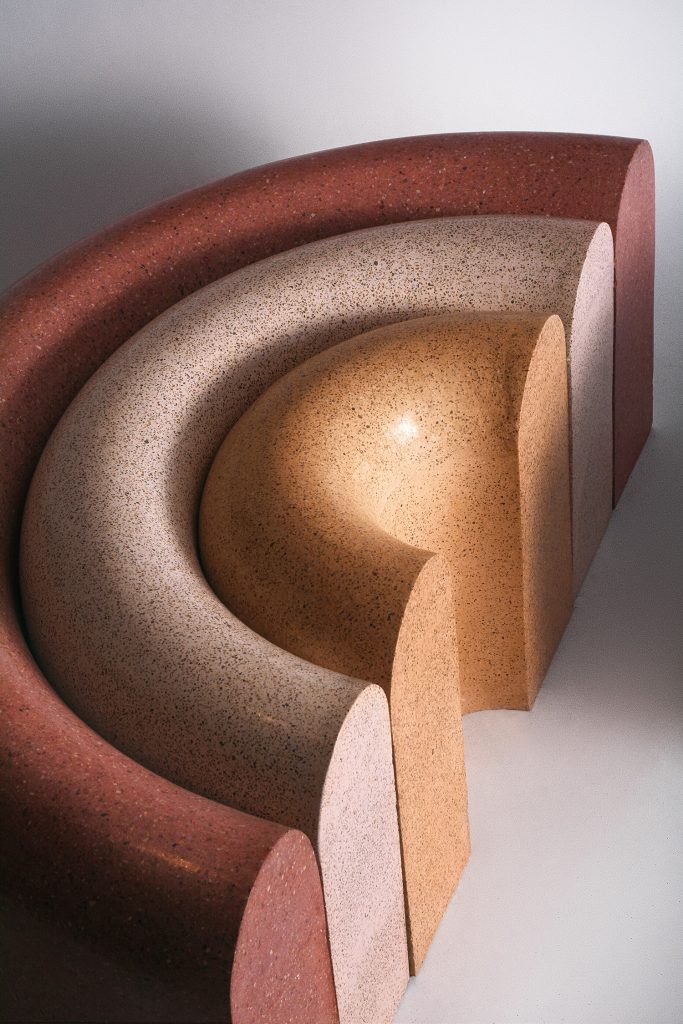

This duality reaches poetic heights in Ultramar Studio’s Sentry Light Sculpture, where resin becomes a medium for mythological narrative. Its Nightfall and Daybreak versions demonstrate how synthetic materials can embody natural cycles and ancient stories. Meanwhile, BDCI’s Lullaby lighting system responds to environmental changes, suggesting how artificial materials might help maintain our connection to natural rhythms in an increasingly synthetic world.
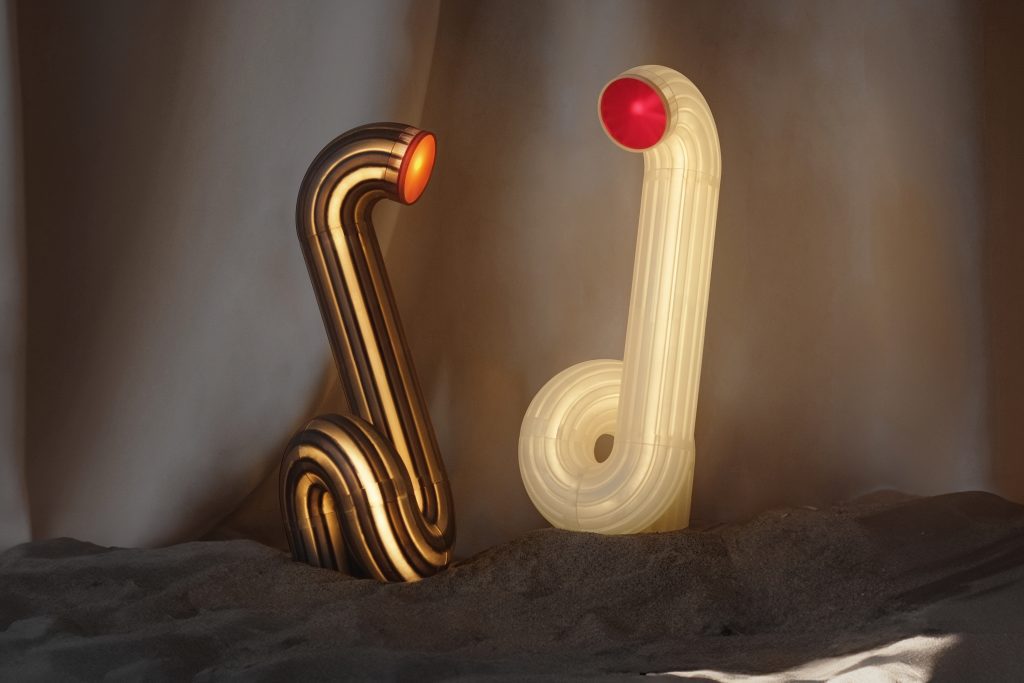

Resin Resonance: Past, Present and Future
In this material dialogue between past and future, natural and synthetic, preservation and innovation, we find resin’s true raison d’être: not merely to preserve or protect, but to probe the very boundaries between what we create and what we conserve. Contemporary designers navigate this complexity not by choosing sides, but by embracing the paradox itself – using synthetic materials to preserve natural elements, industrial processes to create organic forms, and ancient techniques to inspire future innovations.
Like existence itself, resin’s identity emerges not from what it is, but from what it enables. Between being and becoming, between preservation and transformation, between nature and human invention. In this sense, resin serves as both material and metaphor for design’s role in the contemporary world: a bridge between what was and what could be.
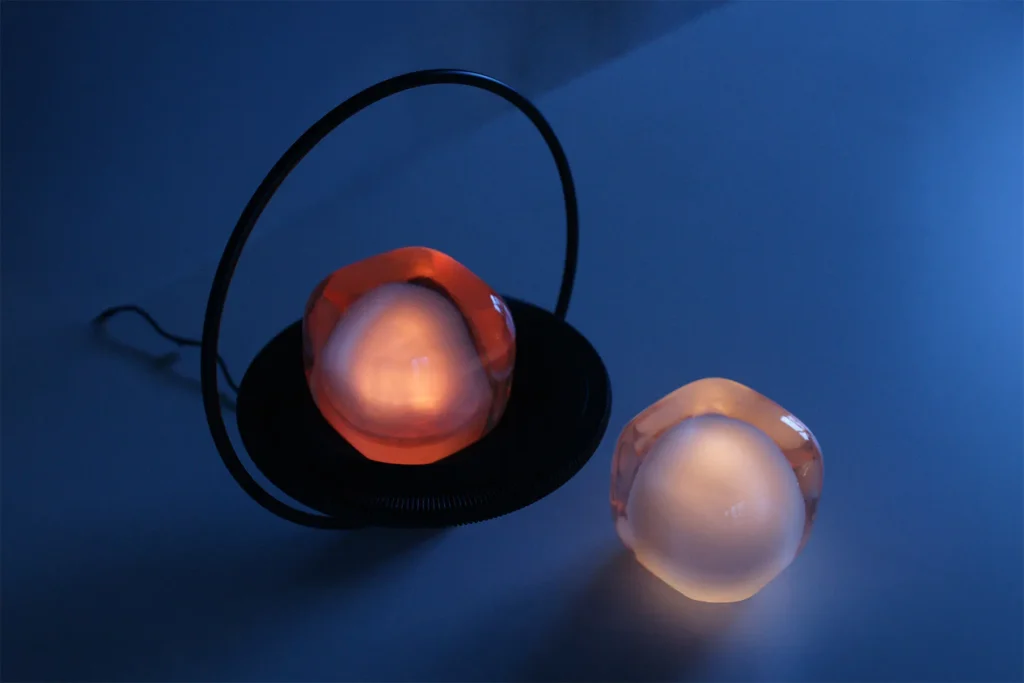

-

 Candy – Round Coffee Table€15.625 incl. tax
Candy – Round Coffee Table€15.625 incl. tax -

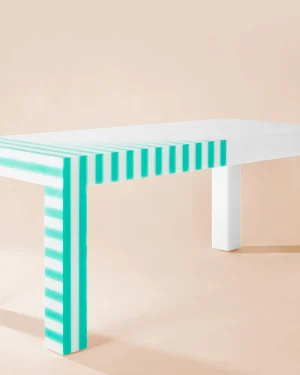 “Siena” Table€15.000 incl. tax
“Siena” Table€15.000 incl. tax -

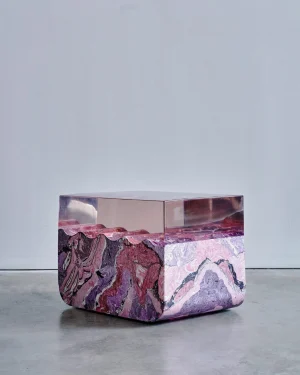 Rose Gea Table – Soulmate Collection€15.000 incl. tax
Rose Gea Table – Soulmate Collection€15.000 incl. tax -

 “quantum” Chair€11.500 incl. tax
“quantum” Chair€11.500 incl. tax -

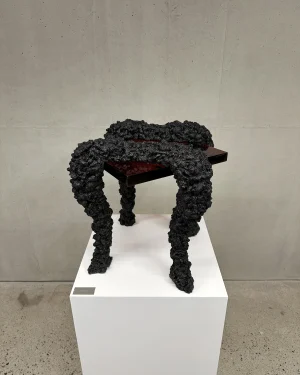 Peace After The Burn€11.375
Peace After The Burn€11.375 -

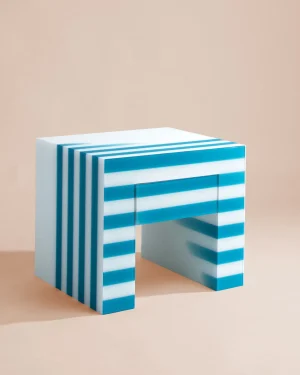 “haidar” Bedside Table And Stool€8.850 incl. tax
“haidar” Bedside Table And Stool€8.850 incl. tax -

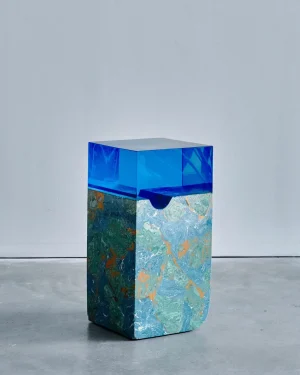 Tall Table – Soulmate Collection€7.750 incl. tax
Tall Table – Soulmate Collection€7.750 incl. tax -

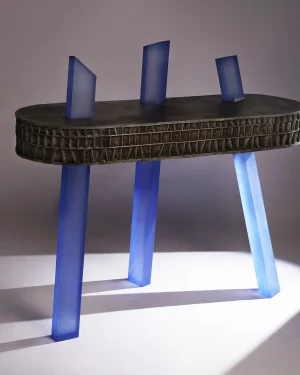 Pierce – Acrylic & Aluminum Console Table€7.000 incl. tax
Pierce – Acrylic & Aluminum Console Table€7.000 incl. tax -

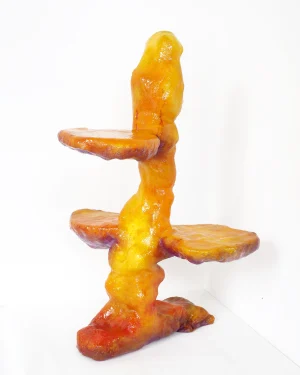 “fomes Fomentariu” Shelf€5.250 incl. tax
“fomes Fomentariu” Shelf€5.250 incl. tax


